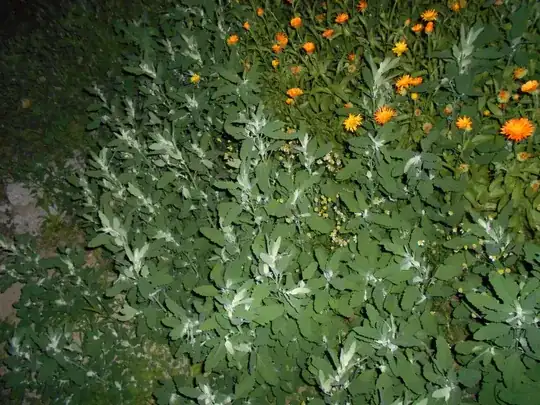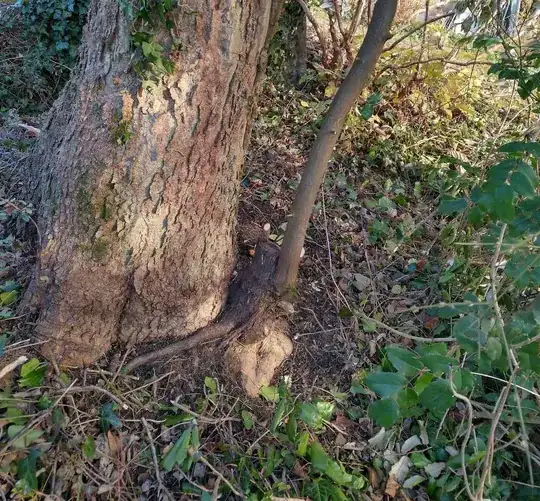I have a big tree in the garden (left in the picture).
On one of its roots, another smaller tree is growing (right in the picture). It looks odd, almost as if the smaller tree is growing into the root of the bigger one. The roots of the smaller tree are also embracing those of the bigger one.
Is this smaller tree a parasite? Does it do any harm to the bigger tree? Should I remove it?
I'm not sure what type of tree the smaller tree is. Here's a close up of one of its leaves:

It isn't clear if your big tree - or your little tree - has leaves that look like that. Or is it both?
The smaller tree has leaves like that. The bigger tree is a different species.
